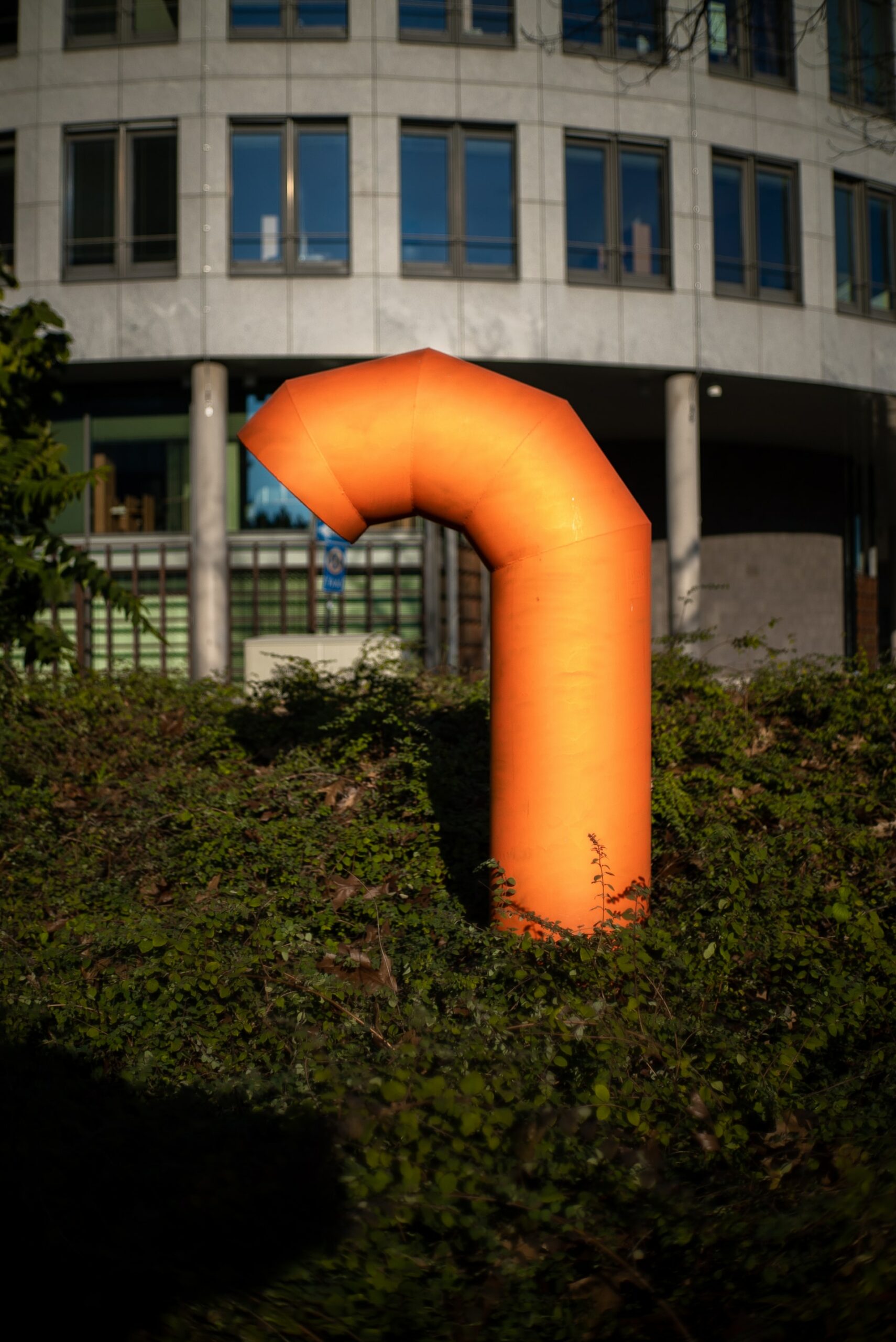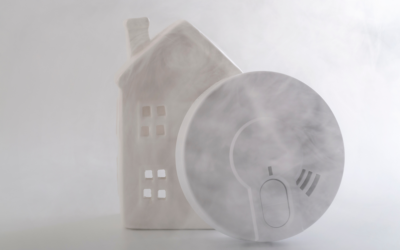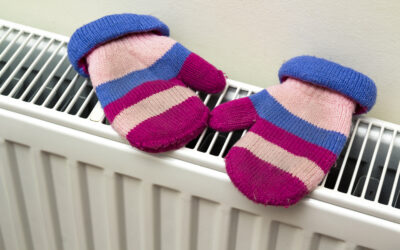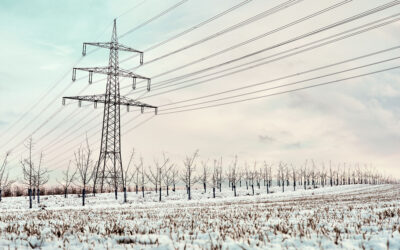The CDC recommends a layered approach to reduce exposures to SARS-CoV-2, the virus that causes COVID-19. This approach includes using multiple mitigation strategies, including improvements to building ventilation, to reduce the spread of disease and lower the risk of exposure.
Reoccupying a building during the COVID-19 pandemic should not, in most cases, require new building ventilation systems. However, ventilation system upgrades or improvements can increase the delivery of clean air and dilute potential contaminants.
Some of the following interventions are based on the American Society of Heating, Refrigerating, and Air-Conditioning Engineers (ASHRAE) Guidance for Building Operations During the COVID-19 Pandemic pdf icon[78 KB, 3 pages]external icon. Not all interventions will work in all scenarios. Use caution in highly polluted areas when increasing outdoor air ventilation.
The following tools identify ways to improve ventilation:
- Increase the introduction of outdoor air.
- Use fans to increase the effectiveness of open windows.
- Ensure ventilation systems operate properly and provide acceptable indoor air quality for the current occupancy level for each space.
- Rebalance or adjust HVAC systems to increase total airflow to occupied spaces when possible.
- Improve central air filtration.
- Use portable high-efficiency particulate air (HEPA) fan/filtration systems to enhance air cleaning (especially in higher risk areas such as a nurse’s office or areas frequently inhabited by people with a higher likelihood of having COVID-19 and/or an increased risk of getting COVID-19). See the FAQ below on HEPA filters and portable HEPA air cleaners. (Note: Portable air cleaners that use filters less efficient that HEPA filters also exist and can contribute to room air cleaning. However, they should be clearly labeled as non-HEPA units.)
- Use ultraviolet germicidal irradiation (UVGI) as a supplemental treatment to inactivate SARS-CoV-2 when options for increasing room ventilation and filtration are limited. Upper-room UVGI systems pdf icon[6.1 MB, 87 pages] can be used to provide air cleaning within occupied spaces, and in-duct UVGI systems can help enhance air cleaning inside central ventilation systems.
- In non-residential settings, run the HVAC system at maximum outside airflow for 2 hours before and after the building is occupied.
